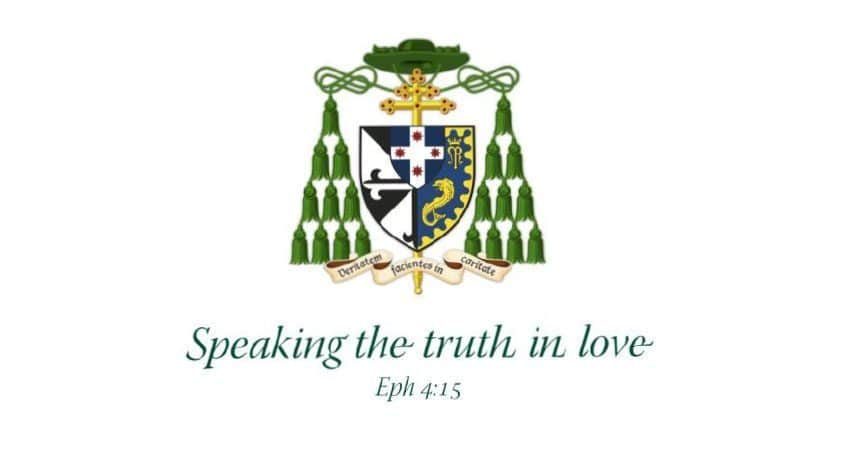The American comic strip “Fritzi Ritz” began in 1922 and starred ditzy Fritzi, an airheaded flapper. In 1933 the cartoonist introduced Fritzi’s precocious eight-year-old niece Nancy and in 1938 Nancy’s ragamuffin friend Sluggo.


The American comic strip “Fritzi Ritz” began in 1922 and starred ditzy Fritzi, an airheaded flapper. In 1933 the cartoonist introduced Fritzi’s precocious eight-year-old niece Nancy and in 1938 Nancy’s ragamuffin friend Sluggo.

If you had to stand up today and introduce the Risen Christ to a crowd, what would you say? A man is given that daunting task this morning. (Acts 2:14-33). He is called upon to be the very first Christian preacher. He’s Simon Johnson, an uneducated fisherman from the country, of vacillating and impetuous temperament, nicknamed Peter or Rocky by Jesus.

“The effects of war are widely spread and can be long term or short term. Soldiers experience war differently than civilians, although [both] suffer in times of war…” So begins the 5,000 word Wikipedia entry on ‘Effects of war’. Yet strangely, apart from a passing mention of ‘trauma’, there is no discussion of war’s emotional and spiritual toll.

Painted for the Marchese Vincenzo Giustiani at the beginning of the 17th century, The Incredulity of St Thomas was the most copied of all Caravaggio’s paintings in its day. It now hangs in the Sans Souci Picture Gallery—not in Southern Sydney but in Potsdam, Germany.

There are two endings to John’s Gospel. This Sunday we’ll hear the first, the Jerusalem ending (Jn 20:19-31), in which the apostles (minus Thomas the Twin) are huddled in the Upper Room on the day of the Lord’s Resurrection

Saved from what? Christians talk a lot about salvation through Jesus’ cross and resurrection, but in this age of science and technology, affluence and education, big government and media, do we really need saving? Well, healthcare may address our physical diseases, but we know that it can at best only postpone our deaths.

In the middle of the 3rd century AD a pandemic of Smallpox or Ebola erupted in Ethiopia, spread quickly to Rome and Greece, and then swept through the whole Roman empire. Big concentrations of people in cities, excellent roads and great trade routes that were strengths of the Roman empire, proved to be fatal flaws in a time of plague.

Normally on Good Friday I’d be looking out at two thousand or so people packed into the pews of St Mary’s. But today I stand in an empty cathedral looking into a camera. Beyond the lens are thousands of you across the country, in a living cathedral made up of tv rooms and home offices

The recently restored paintings of the Stations of the Cross here at St Mary’s Cathedral in Sydney are massive French oils, each weighing 200kg, bought in 1885 by Cardinal Moran from the Chovet studio in Paris. In most, Jesus looks at us, to engage, scrutinise or console.

For some weeks now and perhaps many more to come, the COVID19 pandemic has meant no public Masses. Not gathering physically is hard for most people, since human beings are made for relationship, proximity, intimacy.